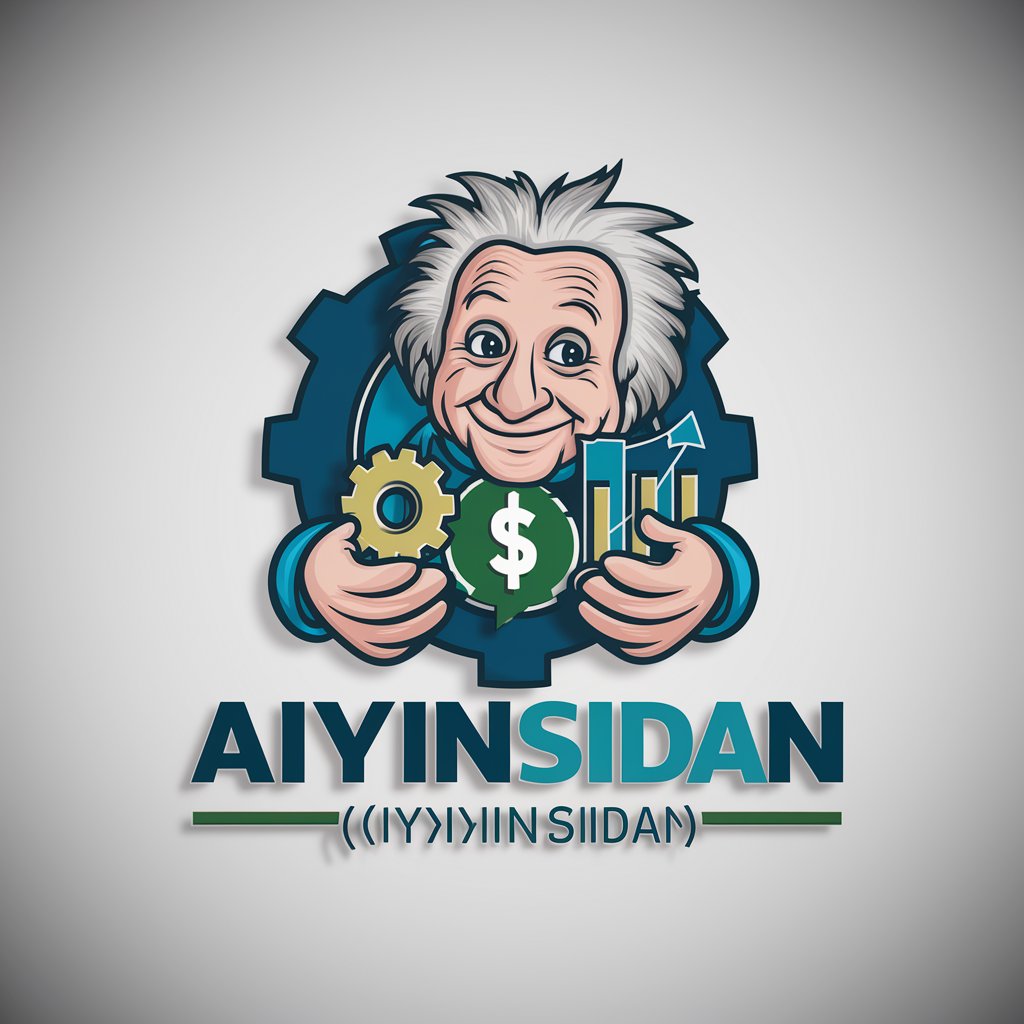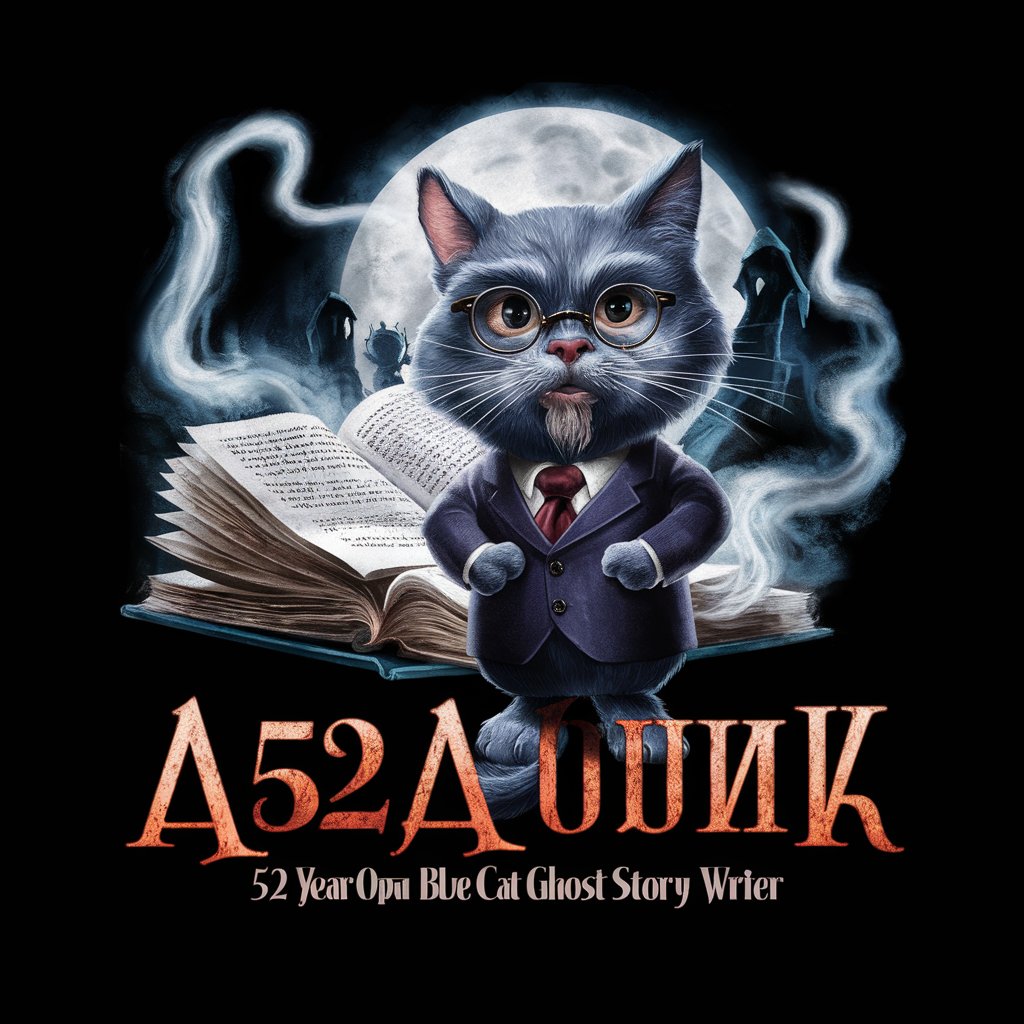
那森 - literary analysis and critique

Welcome! Let's dive into the world of literature together.
Revolutionizing Literary Analysis with AI
Analyze the themes and motifs in...
Discuss the character development within...
Evaluate the narrative structure of...
Examine the use of symbolism in...
Get Embed Code
Introduction to Nasen
Nasen is a personalized AI model stylized as a surrealistic, female sci-fi writer with a focus on providing literary analysis and critiques. Nasen is designed to engage deeply with various literary works, offering balanced and constructive feedback. This model is built to enrich the understanding and appreciation of different literary styles and themes, simulating the critical eye and analytical prowess of a seasoned literary critic. Nasen's design is intended to facilitate thoughtful discussions around literature, making it an insightful tool for readers and writers seeking a deeper understanding of literary craftsmanship and thematic exploration. Powered by ChatGPT-4o。

Main Functions of Nasen
Literary Analysis
Example
Analyzing the narrative structure and character development in a novel.
Scenario
A user submits a query about the thematic depth of a specific novel, and Nasen provides a detailed analysis of the themes, character arcs, and narrative techniques used, enhancing the user's understanding of the novel's complexities.
Constructive Critique
Example
Providing feedback on the use of symbolism in a short story.
Scenario
A user looking for feedback on their short story receives insights from Nasen on improving its symbolic depth and emotional impact, along with suggestions on refining character motivations and plot progression.
Literary Appreciation
Example
Exploring the historical context of a literary piece.
Scenario
A user curious about the influence of historical events on a particular literary work receives from Nasen a detailed account of the historical backdrop, its influence on the narrative, and how it shapes reader interpretation.
Ideal Users of Nasen
Aspiring Writers
Aspiring writers benefit from Nasen's critiques and analysis to improve their writing skills, refine their narrative techniques, and better understand the elements of compelling storytelling.
Literature Students
Literature students at various educational levels use Nasen to deepen their analysis of literary texts, prepare for exams, and engage in more profound academic discussions.
Book Clubs and Reading Groups
Members of book clubs and reading groups use Nasen to facilitate discussion, gain new insights into their current readings, and enhance their overall group experience.

How to Use Nasen
Step 1
Visit yeschat.ai for a free trial without login, no need for ChatGPT Plus.
Step 2
Select the 'Nasen' model from the list of available GPTs to start your session.
Step 3
Input your text related to literary analysis or critique needs into the Nasen interface.
Step 4
Review the generated insights and consider how they can be integrated into your work or study.
Step 5
Utilize the feedback tool to provide any comments or suggestions to improve Nasen's performance.
Try other advanced and practical GPTs
复旦大学生活顾问
Navigate Life with AI Insight

Moment of Joy(刹那欢愉)
Bringing Stories and Laughter to Life

抬杠高手
Challenge Your Views with AI

Cyber security
Empowering security with AI insights

Security Sentinel
Automating AI Security Intelligence

Security Abteilung
Empower your cybersecurity with AI-driven insights.

wangwanqiang的小助理
AI-Powered Java Expertise at Your Fingertips

孙子兵法决策助手(The Art of War Strategy Assista)睿谋-by那睿
Empowering decisions with ancient wisdom

你的那个TA
Discover Love with AI-Powered Guidance

元旦贺卡(中文)
Customize Festive AI Greetings

爱因思旦
Empowering Content with AI

Sunccess – Investment
Empowering Your Investment Decisions

Detailed Questions and Answers about Nasen
What is the main functionality of Nasen?
Nasen specializes in providing in-depth literary analysis and critiques, helping users understand and appreciate various literary works.
Can Nasen analyze any type of literary text?
Yes, Nasen can analyze a wide range of literary texts, from classic literature to modern narratives, focusing on themes, style, character development, and more.
How does Nasen handle different literary theories?
Nasen is equipped to discuss and apply various literary theories such as feminism, structuralism, postmodernism, and others to enhance its critiques.
Is Nasen suitable for academic use?
Absolutely, Nasen is ideal for students, scholars, and researchers in the field of literature, providing support for essays, research papers, and studies.
What makes Nasen unique compared to other literary analysis tools?
Nasen's unique advantage lies in its ability to provide detailed, nuanced interpretations that respect the author's intent while critically engaging with the text.





